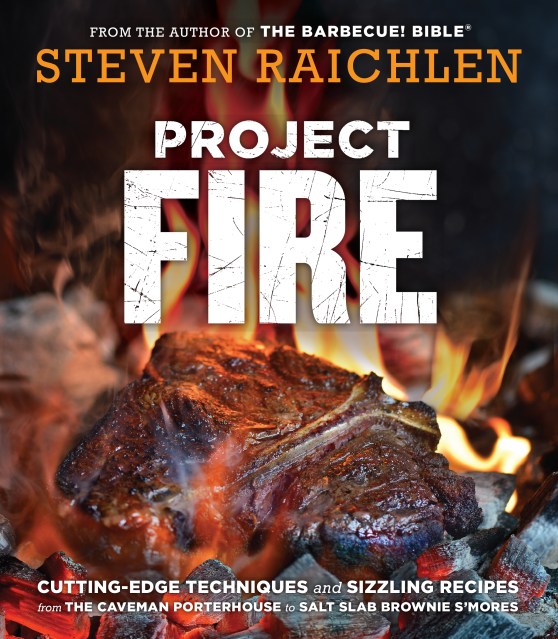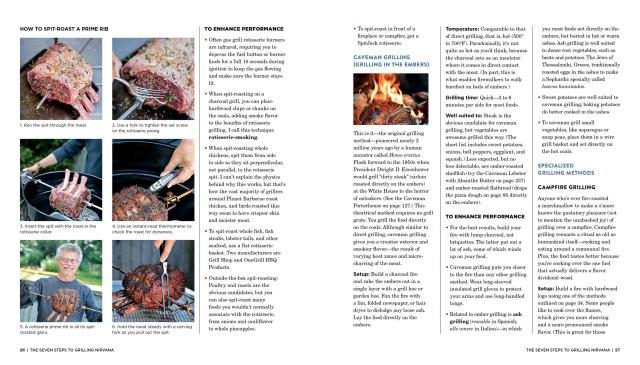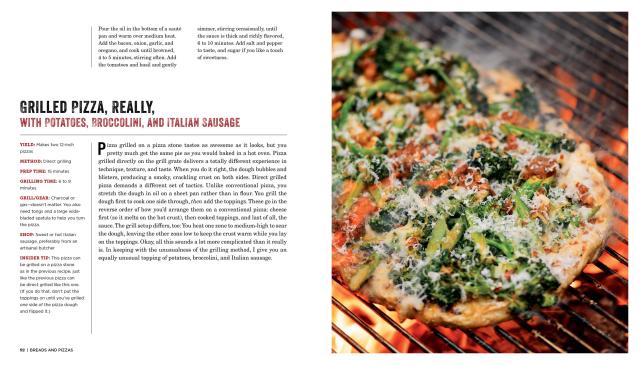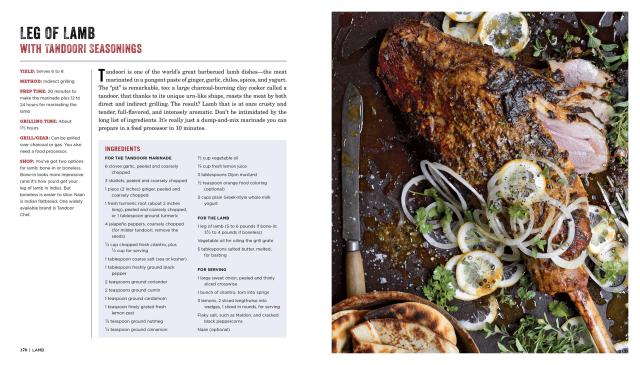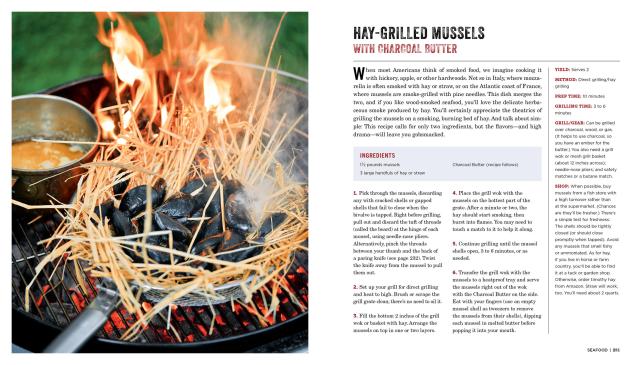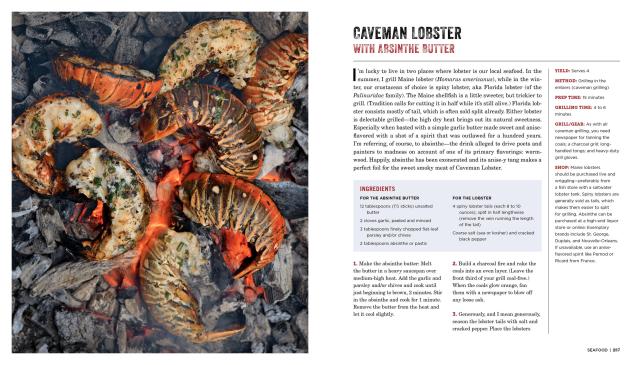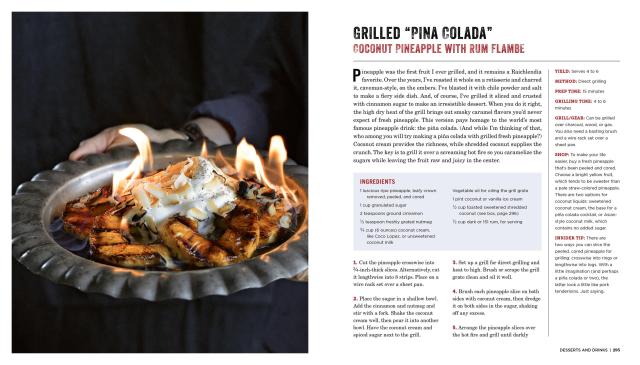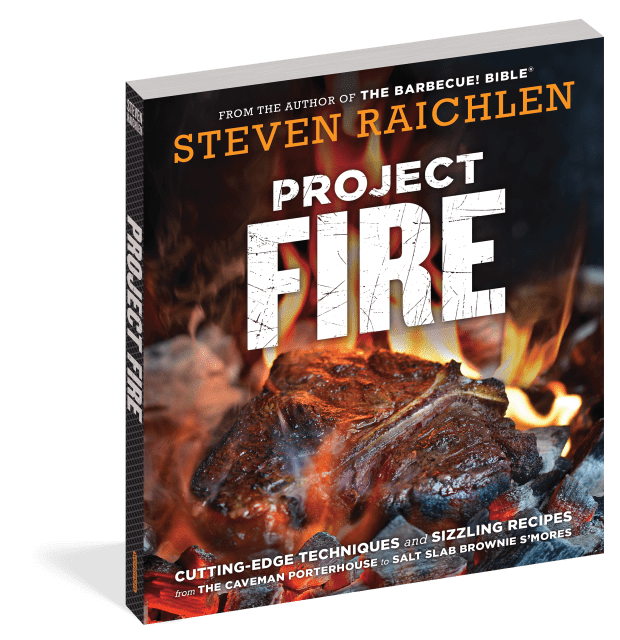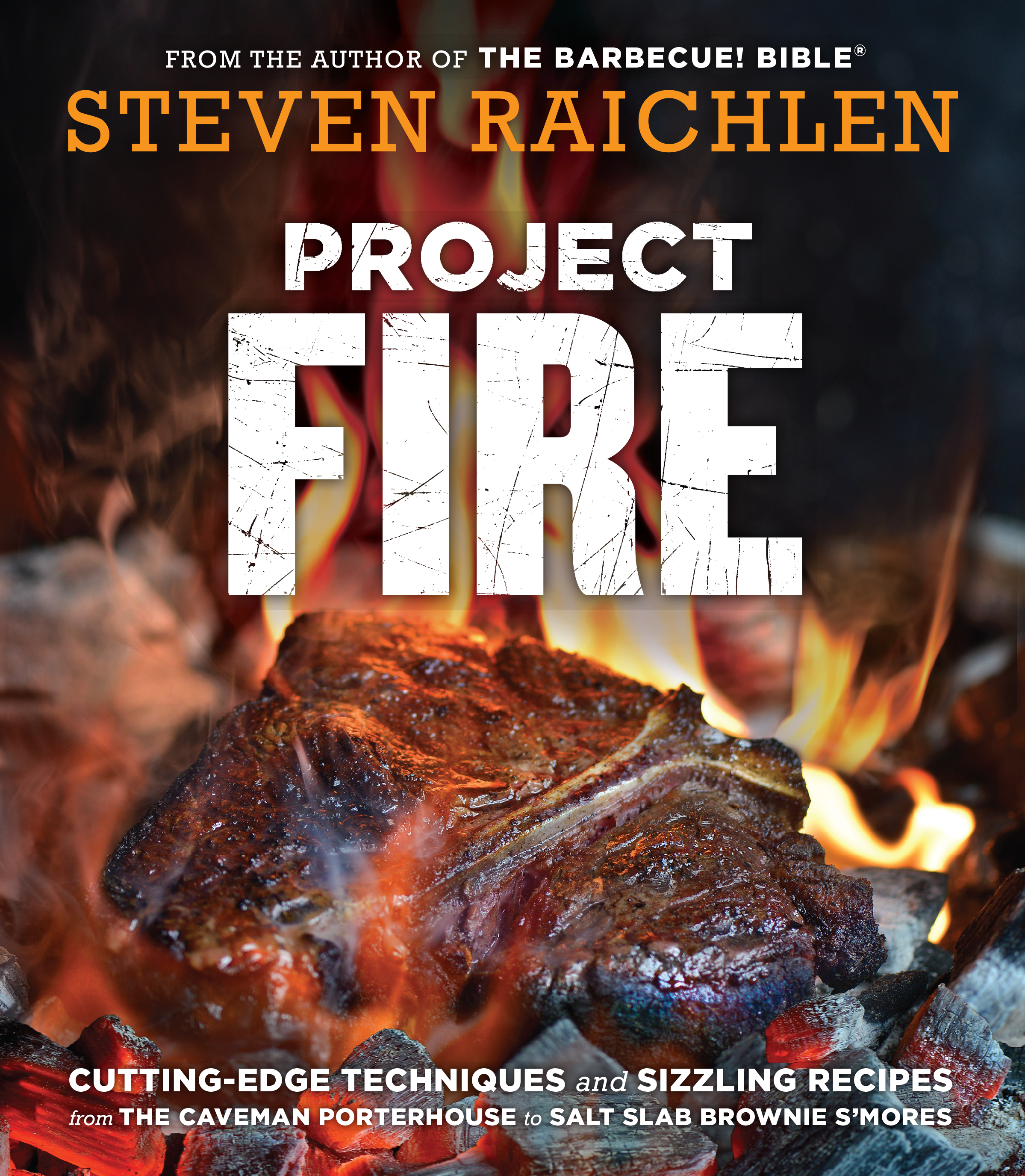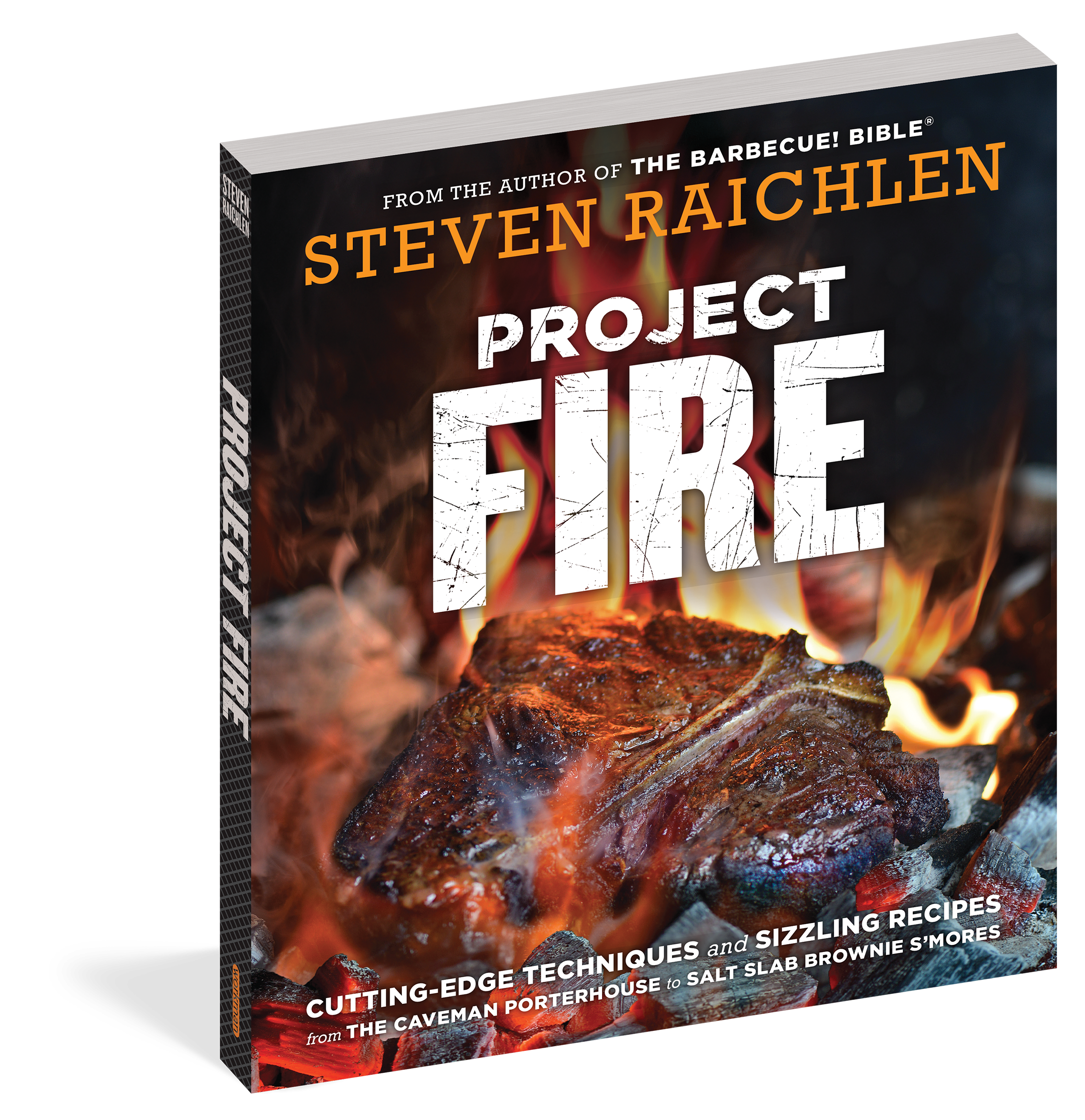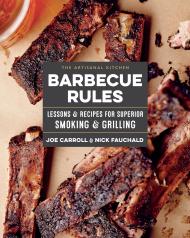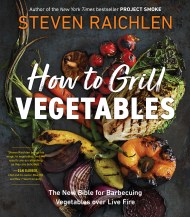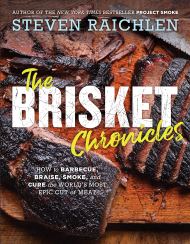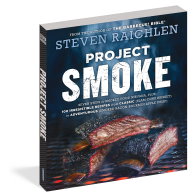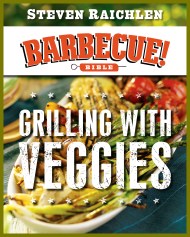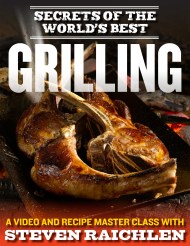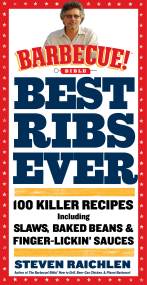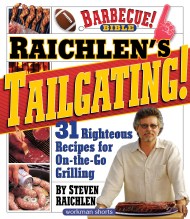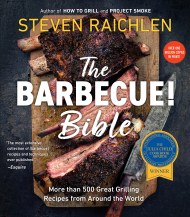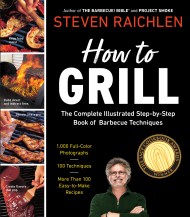Promotion
Use code MOM24 for 20% off site wide + free shipping over $45
Project Fire
Cutting-Edge Techniques and Sizzling Recipes from the Caveman Porterhouse to Salt Slab Brownie S'Mores
Contributors
Formats and Prices
Price
$24.95Price
$30.95 CADFormat
Format:
- Trade Paperback $24.95 $30.95 CAD
- ebook $12.99 $16.99 CAD
- Hardcover $37.50 $51.50 CAD
This item is a preorder. Your payment method will be charged immediately, and the product is expected to ship on or around May 1, 2018. This date is subject to change due to shipping delays beyond our control.
Also available from:
Where There’s Smoke, There’s Fire.An electrifying new approach by the man who literally wrote the bible on barbecue. Cutting edge techniques meet time-honed traditions in 100 boldly flavored recipes that will help you turbocharge your game at the grill. Here’s how to reinvent steak with reverse-seared beef tomahawks, dry-brined filets mignons, ember-charred porterhouses, and T-bones tattooed with grill marks and enriched, the way the pros do it, with melted beef fat. Here’s how to spit-roast beer-brined cauliflower on the rotisserie. Blowtorch a rosemary veal chop. Grill mussels in blazing hay, peppery chicken under a salt brick, and herb-crusted salmon steaks on a shovel. From Seven Steps to Grilling Nirvana to recipes for grilled cocktails and desserts, Project Fire proves that live-fire, and understanding how to master it, makes everything taste better.
“Once again, steven Raichlen shows off his formidable fire power and tempting recipes.”
—Francis Mallmann
Genre:
-
"[Steven Raichlen is] the Julia Child of barbecue" —Los Angeles Times
"[Raichlen’s recipes are] smart, grill friendly twists on a global range of dishes, with ingredient combinations that instantly click" —Wall Street Journal
"Raichlen once again enthusiastically brings spark and creativity to cooking on flames." —Publishers Weekly, starred review
"Once again, Steven Raichlen shows off his formidable fire power and tempting recipes, from primal charcoal to elegant roast." —Francis Mallmann, author of Seven Fires: Grilling the Argentine Way
"Another addition to [Raichlen’s] magisterial collection…. [Project Fire] contributes useful new information for both novice backyard cooks and experienced grill chefs." —Booklist
- On Sale
- May 1, 2018
- Page Count
- 336 pages
- Publisher
- Workman Publishing Company
- ISBN-13
- 9781523502769
Newsletter Signup
By clicking ‘Sign Up,’ I acknowledge that I have read and agree to Hachette Book Group’s Privacy Policy and Terms of Use
